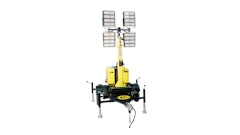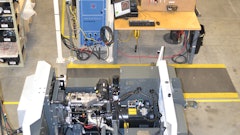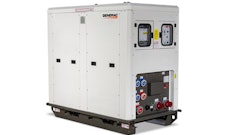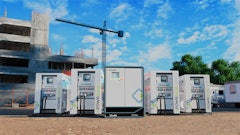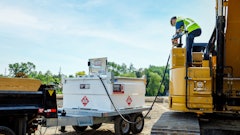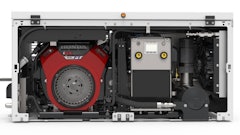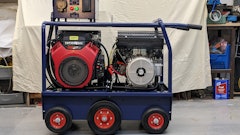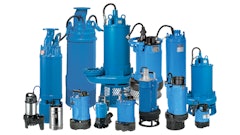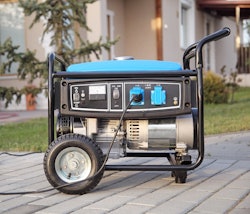
Generators are critical for bringing power to remote jobsites and in disaster recovery and emergencies. The Outdoor Power Equipment Institute (OPEI) reminds business owners to keep safety in mind when using generators.
“Not having power when you need it is frustrating, so a generator can provide emergency backup power at a reasonable cost. But it’s important to follow all manufacturer’s instructions when using one,” says Kris Kiser, President and CEO of OPEI, an international trade association representing power equipment, small engine, utility vehicle, golf cart and personal transport vehicle manufacturers and suppliers.
Kiser offers the following tips:
- Take stock of your generator. Make sure equipment is in good working order before you start using it.
- Follow all manufacturer’s instructions. Review the owner's manuals for your equipment so you can operate it safely.
- Have the right fuel on hand. Use the type of fuel recommended by the generator manufacturer. It is illegal to use any fuel with more than 10% ethanol in outdoor power equipment. (For more information on proper fueling for outdoor power equipment visit www.LookBeforeYouPump.com.) If you are using fuel that has been sitting in a gas can for more than 30 days and you cannot get fresh fuel, add fuel stabilizer to it. Store gas only in an approved container and away from heat sources.
- Ensure portable generators have plenty of ventilation. Generators should never be used in an enclosed area, even if the windows or doors are open. Place the generator outside and away from windows, doors and vents that could allow carbon monoxide to come indoors.
- Keep the generator dry. Do not use it in wet conditions. You can cover and vent your generator. You can buy model-specific tents online or generator covers at home centers and hardware stores.
- Only add fuel to a cool generator. Before refueling, turn the generator off and let it cool down.
- Install a transfer switch. A transfer switch connects the generator to the circuit panel. Most transfer switches help you avoid overload by displaying wattage usage levels.
- Plug in safely. If you don’t yet have a transfer switch, you can use the outlets on the generator. If you must use an extension cord, it should be heavy-duty and designed for outdoor use. It should be rated (in watts or amps) at least equal to the sum of the connected loads. Make sure the cord is free of cuts. The plug should have all three prongs.
For more safety tips for outdoor power equipment – including generator safety tips in English and Spanish – visit www.opei.org
Additional insights on portable generator safety , including a video and downloadable safety fact sheet, from the Portable Generator Manufacturers' Association can also be found at https://www.takeyourgeneratoroutside.com/




